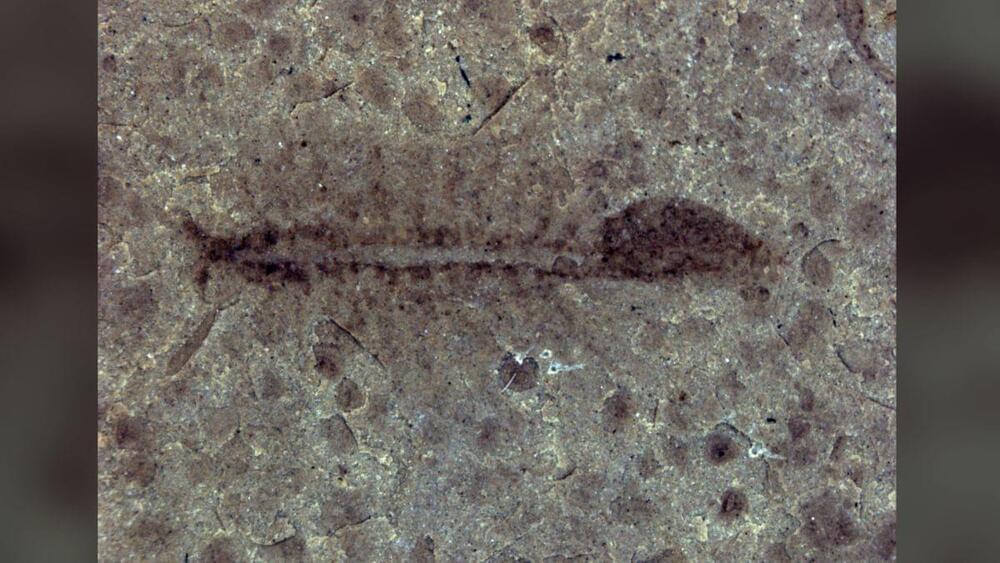To SpaceX and Tesla CEO Elon Musk, the future is teeming with humanoid robots.
During a lengthy and freewheeling conversation with TED’s Chris Anderson last week, Musk expanded on his vision of what it could look like to share everyday life with automatons doing our bidding.
And, predictably, the conversation jumped directly to the sexual implications of humanoid androids. Despite his busy personal schedule, Musk clearly does have some time to daydream.
